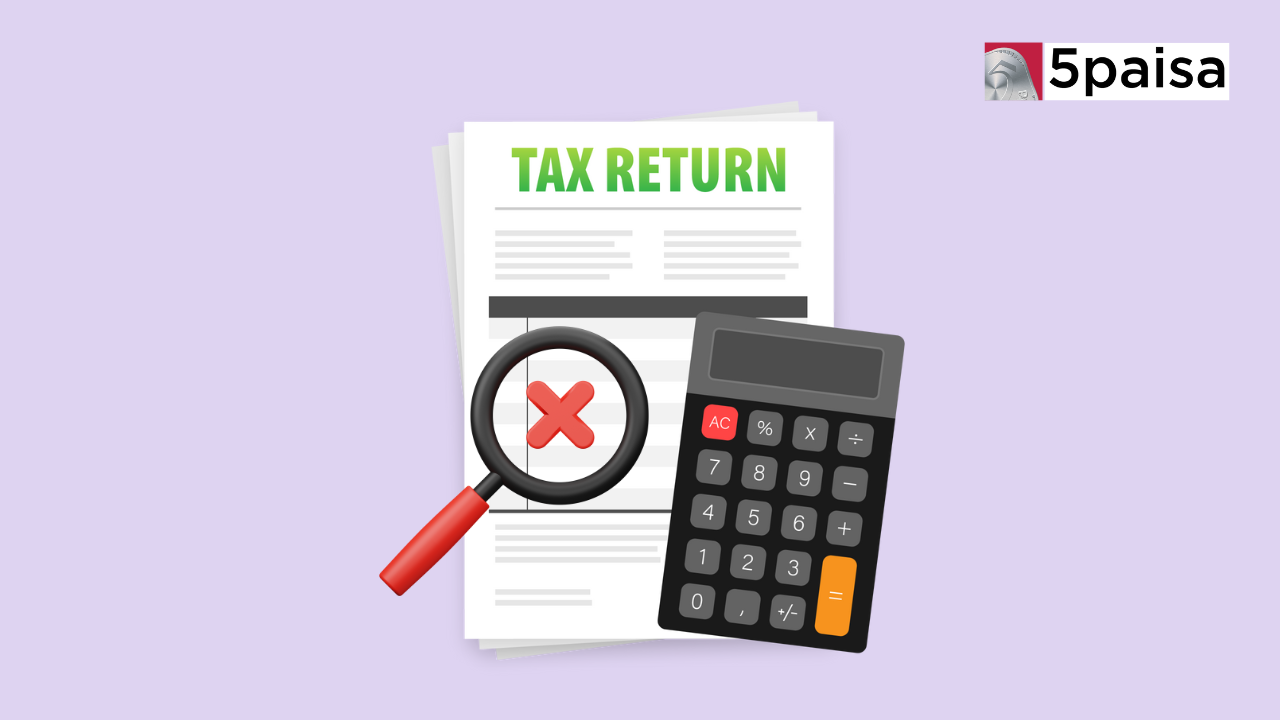How to Register a UPI Complaint Online?
How to Calculate F&O Turnover

Last Updated: 24th May 2024 - 06:31 pm
Calculating the turnover for Futures and Options (F&O) trading is essential to managing your trades and understanding your overall performance in the derivatives market.
What Is F&O Turnover?
F&O turnover refers to the total value of trades executed in the Futures and Options segments of the stock market during a specific period, typically a trading day or a month. It represents the combined value of all buy and sell transactions in these derivative instruments. The turnover is a crucial metric that reflects the overall trading activity and liquidity in the F&O market.
Why Is It Important To Calculate F&O Turnover?
Calculating your F&O turnover is essential for several reasons:
● Tax Compliance: Since 2006, the Indian tax authorities have classified F&O trading as a business activity. This means that the income generated from your F&O trades is considered business income, and you need to report your turnover accurately for tax purposes.
● Performance Evaluation: Tracking your F&O turnover helps you assess your trading performance and monitor your overall profitability or losses over a specific period.
● Risk Management: By calculating your turnover, you can better understand your exposure and manage your risk accordingly.
● Tax Audit Requirements: Depending on your F&O turnover, you may be required to undergo a tax audit, which involves a detailed examination of your accounts and trading activities.
How To Calculate F&O Turnover?
The formula to calculate F&O turnover is relatively straightforward. It involves multiplying the number of contracts traded (buy or sell) by the contract value and the underlying asset's price.
F&O Turnover = Number of Contracts Traded × Contract Value × Underlying Asset Price
For example, if a trader buys 100 Nifty futures contracts with a contract value of 75, and the Nifty index is trading at ₹22,100, the turnover would be:
Turnover = 100 × 75 × 22,100 = ₹165,750,000
Key Components Of F&O Turnover
● Number of Contracts Traded: This refers to the total number of futures or options contracts bought or sold during the trading period.
● Contract Value: Each futures or options contract has a predefined value, commonly known as the "lot size" or "contract value." For example, one Nifty futures contract may have a value of 75.
● Underlying Asset Price: The price of the underlying asset, such as a stock, index, or commodity, is a crucial factor in determining the turnover value.
Example To Calculate Turnover For F&O Trading
Suppose a trader executed the following trades in a single trading day:
● Bought 200 Nifty futures contracts at 22,100 (Contract value: 75)
● Sold 150 Bank Nifty futures contracts at 48,100 (Contract value: 25)
● Bought 100 Reliance call options at 2,600 (Contract value: 500)
To calculate the total turnover, we'll follow these steps:
Step 1: Calculate the value of each trade.
● Nifty futures buy: 200 × 75 × 22,100 = ₹331,500,000
● Bank Nifty futures sell: 150 × 25 × 48,100 = ₹180,375,000
● Reliance call options buy: 100 × 500 × 2,600 = ₹130,000,000
Step 2: Add up the values of all trades.
Total Turnover = ₹331,500,000 + ₹180,375,000 + ₹130,000,000 = ₹641,875,000
Therefore, the total F&O turnover for the trader on that particular trading day was ₹641,875,000.
F&O Losses And Tax Audit
Your F&O turnover also plays a crucial role in determining whether you need to undergo a tax audit:
1. Turnover Reporting: Regardless of whether you made profits or faced losses, you must report your F&O turnover to the tax authorities to ensure fair taxation.
2. Tax Audit Requirements: If your annual F&O turnover exceeds ₹50 lakh, you will need to undergo a tax audit, which is a detailed examination of your accounts and trading activities.
The specific audit requirements vary based on your turnover range:
● Up to ₹2 crore: An audit is required if your profit or loss is less than 6% of your turnover.
● Between ₹2 crore and ₹10 crore: A tax audit will be conducted if your profit or loss is less than 6% of your F&O turnover unless you choose the presumptive taxation method under Section 44AD and your profit is 6% or higher.
● Above ₹10 crore: An audit is mandatory, irrespective of your profit or loss.
Failure to comply with these audit requirements can result in penalties, such as a fine of up to ₹1.5 lakh or 0.5% of your sales, as determined by the tax department.
Conclusion
Calculating F&O turnover is crucial for traders operating in the derivatives market. It provides valuable insights into trading activities, risk exposure, and tax obligations. By understanding the components involved and following the correct calculation methods, traders can effectively manage their positions, evaluate their strategies, and ensure compliance with regulatory requirements.
Frequently Asked Questions
Are There Any Exemptions Or Rules Regarding Turnover Calculation For Tax Purposes?
Does Turnover Calculation Differ For Different Types Of Derivatives Or Markets?
How Does Turnover Affect Taxation For F&O Trading?
- Flat ₹20 Brokerage
- Next-gen Trading
- Advance Charting
- Actionable Ideas
Trending on 5paisa
Personal Finance Related Articles
Disclaimer: Investment in securities market are subject to market risks, read all the related documents carefully before investing. For detailed disclaimer please Click here.
 Sachin Gupta
Sachin Gupta
 5paisa Research Team
5paisa Research Team




